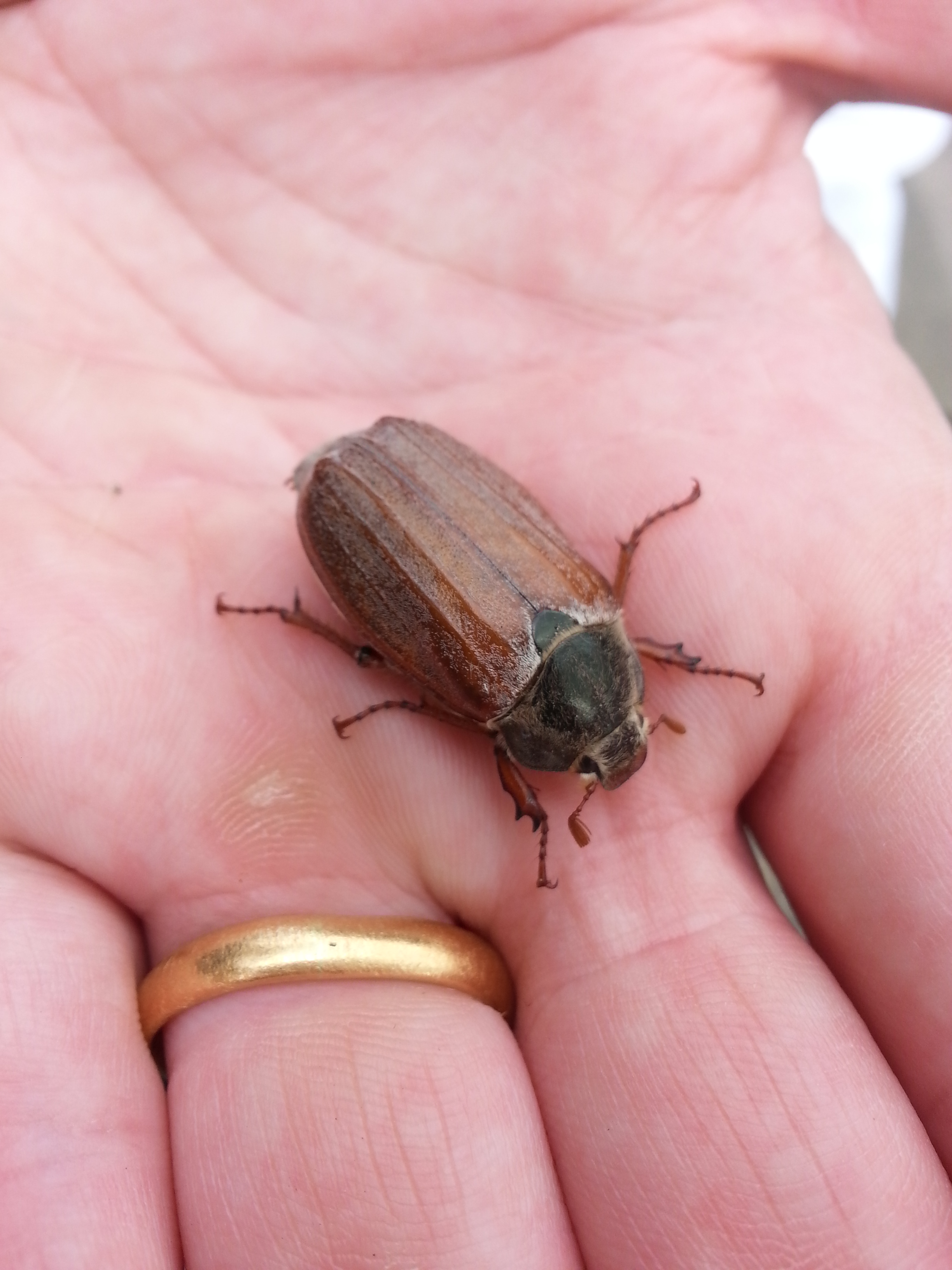 Ragwort has established itself in a straggling patch of our garden, mixed in with long grasses and a few other flowering plants. Its seeds must have blown in, probably down the Abingdon Road. Our local insects are busy about the yellow flowers on every warm day. When we can, we sit out on the patio steps to eat, and watch the to-ing and fro-ing.
Ragwort has established itself in a straggling patch of our garden, mixed in with long grasses and a few other flowering plants. Its seeds must have blown in, probably down the Abingdon Road. Our local insects are busy about the yellow flowers on every warm day. When we can, we sit out on the patio steps to eat, and watch the to-ing and fro-ing.
Some of the plants reach hip height, and the ants rattle up and down them investigating. Their endlessly purposeful movements keep catching the corner of the eye. On the day each year that the various nests in our garden and nearby disgorge their new queens and males, the steps and the ragwort are drenched in gleaming bodies. Winged ants are poor flyers, so the leaves shudder as the insects crash into them, launch and, as often as not, crash again.
Many of the other insects are languid by comparison – unless disturbed, we have a large population of shield bugs – green, knobbly backed, about the size of a thumbnail – who normally prefer the fruit bushes a bit further down the garden, but often appear among the spiky ragwort leaves. They progress very slowly, each leg lifted in a stately manner, even while mating, which they do end-to-end so that one is going backwards.
Shield bugs prey on ladybirds, though they tend not to show much interest in anything while I’m watching them. For most of the summer most of the ladybirds present are the non-native harlequins, but in August seven-spots appear and occasionally the little two-spots. But these are only a few of the beetle species that we meet.
Orange soldier beetles, with long, thin, bodies, hang around the ragwort flowers, and between the petals and the centre of the flowers we can find small black wing cases, metallic bright. Among the stem bases more black beetles forage, much bigger, with determined gaits over the stones.
Butterflies are easier to identify, and we have a good range of them – all three species of “cabbage white”, large, green veined and small, to begin with. They come and go often in pairs, over the fences, down among the ragwort, one seeming a reflection of the others, or both spinning about a central point between them like binary stars.
Speckled wood, meadow brown, brimstone, red admiral, small tortoiseshell, comma, their names are a mix of the evocative and the pragmatically descriptive. My favourites are the common blues. I rarely see them arrive, but then I spot a chink of blue on the deep yellow of the ragwort bloom. Their small wings take them in spiralling flights here and there, around and through all the plants.
I could write far more about the bees, wasps, hoverflies, flies, even the migrant hawker dragonflies that feed and live in our ragwort patch. But I want to talk about grasshoppers, elusive inhabitants of the long stems.
The sound of stridulating meadow grasshoppers is continuous, chirring and chirring, with one joining in as another drops out. It provides a bassline for all the other noises, insect and human, in the garden. When a grasshopper is visible the vibration of its legs is just about perceptible, a faint blur at the back of a low-slung brown creature.
From a distance they can look like animated sticks, but as you get nearer the variations in their patterning appear. Nearer still, and you can make out their eyes and narrow, scissoring mouthparts.
But too close and they are gone. They don’t vanish immediately, but slew through the air, wings thrashing above their trailing legs. If you pursue them they will repeat the tactic until they come to rest in a spot where their camouflage defeats the eye.
I like the idea that the insects are masters of the ragwort patch, even in a suburban garden near a main road. They know it intimately and through it are bound to all the other living things in the garden. There is so much variety and so much interconnectedness that even as daily spectators we will only ever see fragments of the whole.
First published in Oxford Magazine.




 Ragwort has established itself in a straggling patch of our garden, mixed in with long grasses and a few other flowering plants. Its seeds must have blown in, probably down the Abingdon Road. Our local insects are busy about the yellow flowers on every warm day. When we can, we sit out on the patio steps to eat, and watch the to-ing and fro-ing.
Ragwort has established itself in a straggling patch of our garden, mixed in with long grasses and a few other flowering plants. Its seeds must have blown in, probably down the Abingdon Road. Our local insects are busy about the yellow flowers on every warm day. When we can, we sit out on the patio steps to eat, and watch the to-ing and fro-ing.